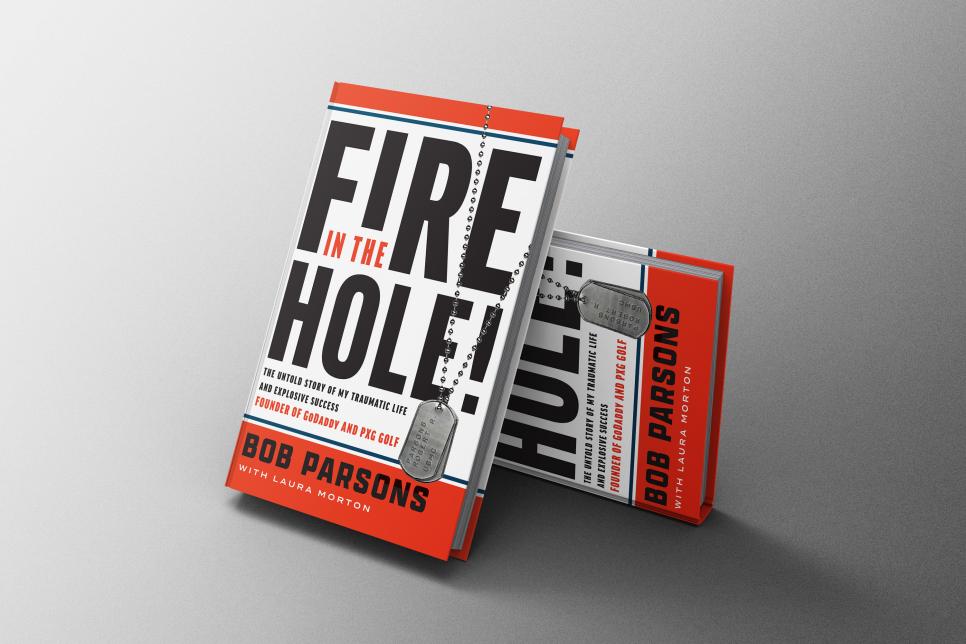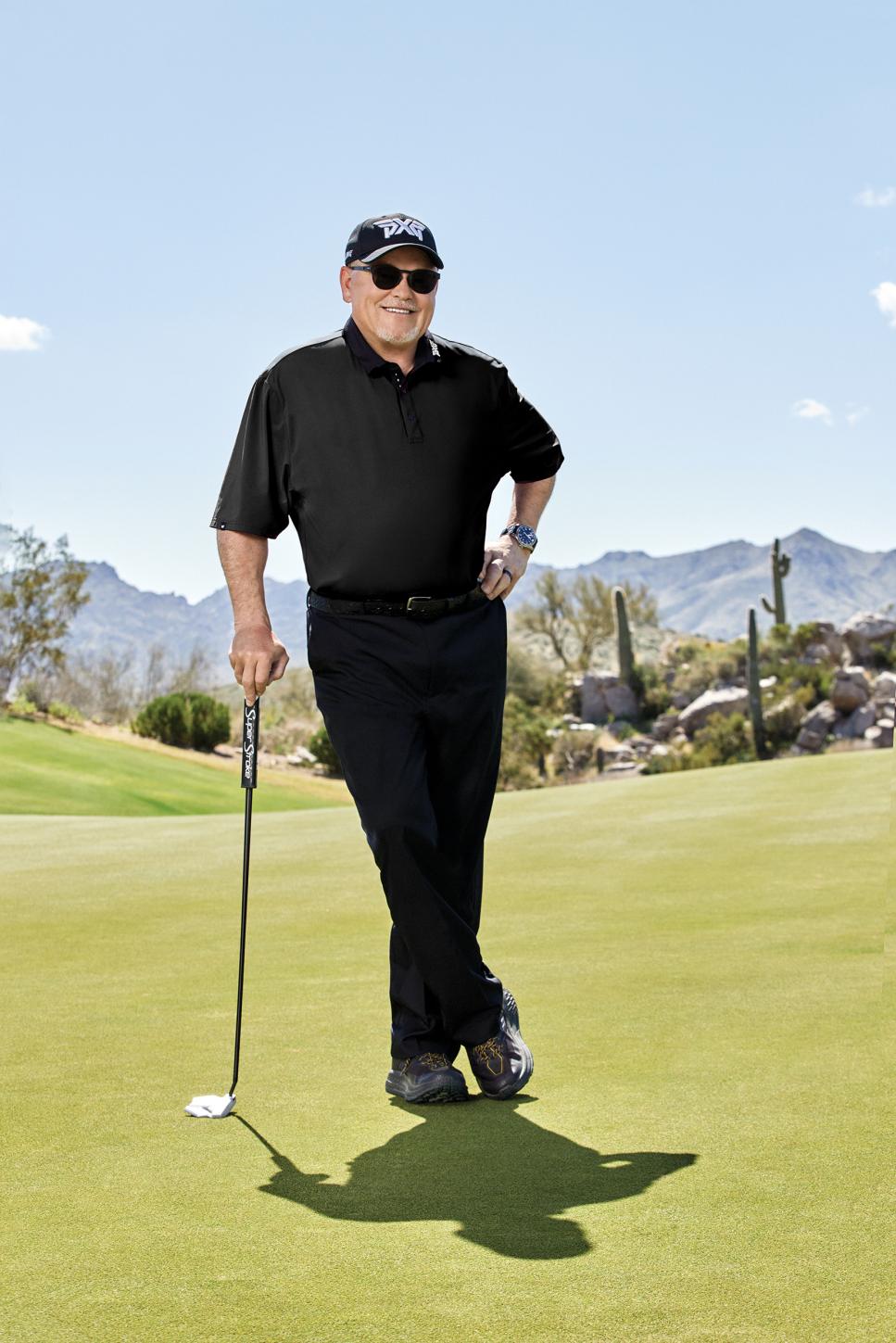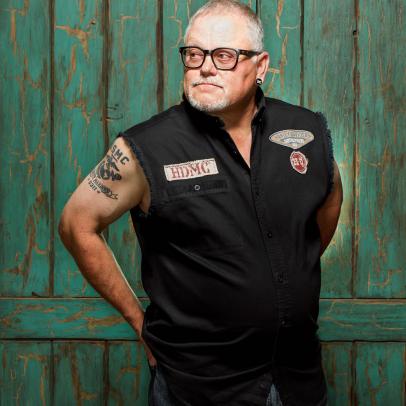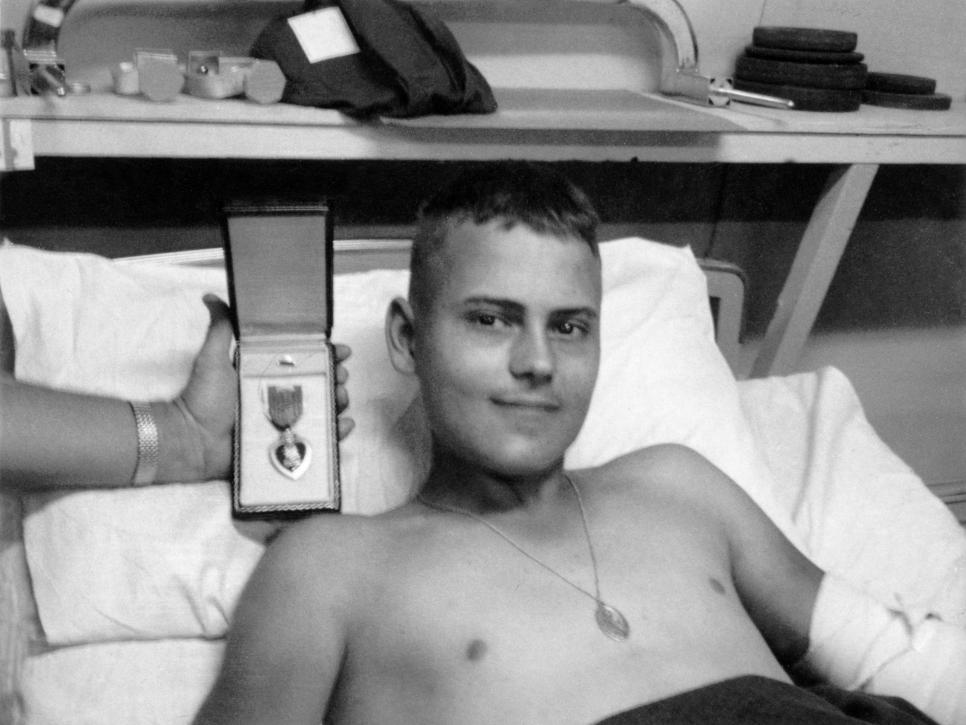Bob Parsons, the 73-year-old billionaire behind PXG, the golf upstart brand that has become an industry stalwart in its decade of existence, likes to say that luck and a guardian angel have been integral parts to his success. The biggest hits in his career include selling his microcomputer software company Parsons Technology to Intuit for $50 million and leading GoDaddy.com to an industry-changing presence that led to another sale worth $2.3 billion.
All of those business achievements come a long way from Parsons’ meager upbringing in East Baltimore, Md., his tour of duty and Purple Heart in Vietnam as a Marine and an intense work ethic as a self-taught programmer that laid the foundation for his distinctive presence as an entrepreneur. His presence on the current golf landscape notably includes his full-throated voiceovers for his PXG television ads, but that tone is merely a character Parsons plays in the media, a bit of marketing alchemy of which he thinks too much is made. Clearly, though, it has been undeniably successful. The real man—the one driven to figure out everything from computer languages to the golf club stewardship of Scottsdale National, the one passionate about service people and “blue-collar guys,” the Vietnam veteran struggling through nearly a half-century battle with PTSD—is revealed throughout his just released autobiography Fire in the Hole.

We sat down to talk with Parsons about his life, his book and the state of golf (and his game as he battles back to regain lost yardage from recent knee-replacement and back surgeries) during his recent visit to New York. (Questions and comments edited for length and clarity.)
You’ve been successful in a number of things in your life. Why take on the challenge of writing a book?
Bob Parsons: I’ve been tight with about six guys that I served with in Vietnam with my rifle company, and for years they talked to me again and again and again, saying, “Man, you gotta write a book, you gotta write a book.” And I thought about it for a long time, and, I thought, you know, it’d be nice to have something that, that future generations of my family or my kids and their kids, can read and find out where they came from. And, as I’ve gotten older, you think about this stuff more and you change.
Was it easier or harder than you thought it would be?
BP: I clicked really well with Laura Morton, who is a hell of a writer and a co-author, and she could really get me going. Some stuff, to me, putting that together was like falling out of boat and hitting water. Now the hard stuff, some of the things during the war, that was hard. There were a few things that I actually flashed back and I was there and I could see it like I was seeing it the first time, and I felt it. I cried like I have never cried before. It tore me up, but after I went through it again for the book, it was very cathartic because I’m able to talk about it now, reasonably. But I mean, it still bothers me, but not like it did before.
 When you look back on the stories of your life that make up this book, how much of it makes you proud, how much surprises you, how much is there some regret?
When you look back on the stories of your life that make up this book, how much of it makes you proud, how much surprises you, how much is there some regret?
BP: Here’s the deal in my life: Everything that I wanted to do I did. So, I mean, I never regretted any decision that I made because it either turned out to be pretty good, or almost just as importantly, I learned from it. You learn a bunch of stuff by making mistakes because that’s one of the ways to become successful. You know, you tie your shoes in a knot at first; loops don’t come until later.
More From Golf DIgest  My Shot Golf Digest Logo From the Archive: Bob Parsons takes gambles that will make you sweat
My Shot Golf Digest Logo From the Archive: Bob Parsons takes gambles that will make you sweat  Hot List 2024 Hot List: Complete list and reviews of the best new golf clubs and equipment So on the PXG side, how much of that success is tied to kind of the attitude you developed as a younger person and how much of its success is tied to the experience you have as an older person?
Hot List 2024 Hot List: Complete list and reviews of the best new golf clubs and equipment So on the PXG side, how much of that success is tied to kind of the attitude you developed as a younger person and how much of its success is tied to the experience you have as an older person?
BP: Well, I’m still that young person, but as far as the golf business goes, I mean, you show me a tougher business. I don’t think you’ll find too many tougher businesses to be in. Every business I’ve ever gotten into has always been harder than I thought. Every one. And my dad once told me, “When you get older, you’re going be tempted to look at the other guy’s business and it’s going to seem a lot easier. Just don’t believe it. They’re all tough or everybody would be doing it.”
One of the elements you keep circling back to is your battles with PTSD from your time in Vietnam. You even detail how plant-based psychedelics have helped you find relief. How much did the book provide an opportunity for you to share your story and help others in that struggle?
BP: You know, what you do when your options are none is where we’d all be surprised. And when that PTSD wells up within you, it’s not a sorrow. It is just something uncontrollable that just happens at the damnedest time to me still. It’s not a fear … or really, the only fear is I can’t control it. It’s an enemy you can’t see, that’s for damn sure. But in my life, I worked hard because I had to, but I also know there have been a lot of, I’m telling you, a lot of it was these incredible, incredible moments and amazing coincidences. I literally think I have an angel. But when I write about how I’ve learned to deal with PTSD, I hope people can see there’s a path, there’s hope. That’s certainly one of my intentions.

Parsons was wounded in Vietnam in 1969.
Last question, what are your thoughts on the USGA and R&A and the distance issue?
BP: The issue has never been the golf ball. The issue has been the athletic nature of the competitors and how incredibly fit they are. So if the USGA and the R&A want to tell players they can’t lift weights or go to the gym for three months prior to the Open, maybe that might help more than changing a golf ball. But I don’t think they’re going to do that. So it’s nuts. Am I going to make a conforming ball? Not yet. I’m going to let that battle be settled first. And even if the tour gets on board with it, it’s going to take a while to shake out in the marketplace because most golfers really don’t give a s— if the USGA says the ball is conforming or not because if they hit it longer, baby, that’s what they want to play. I view it like the PXG rule we have at Scottsdale National. If all the clubs in your bag are PXG, there is no 14-club limit. Now, we haven’t made a nonconforming driver yet, but I think I am the one guy who if we made a really hot driver, you can be god-damn sure I’d be playing it. And it would be automatically approved at Scottsdale National.
This article was originally published on golfdigest.com




